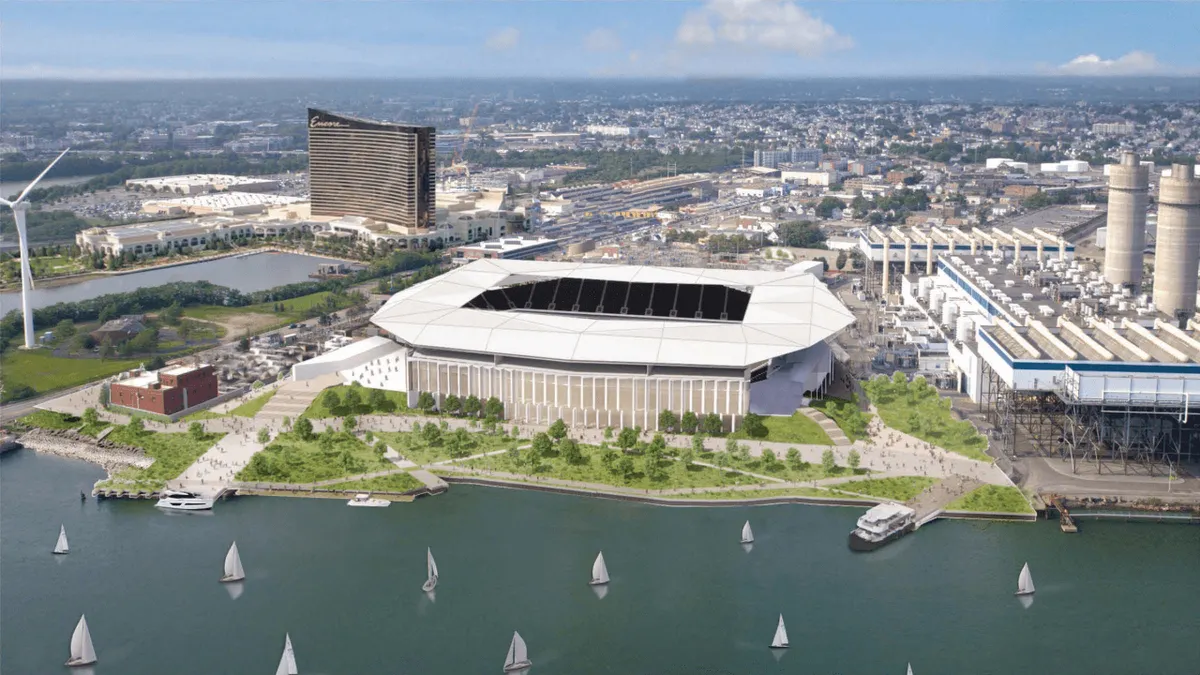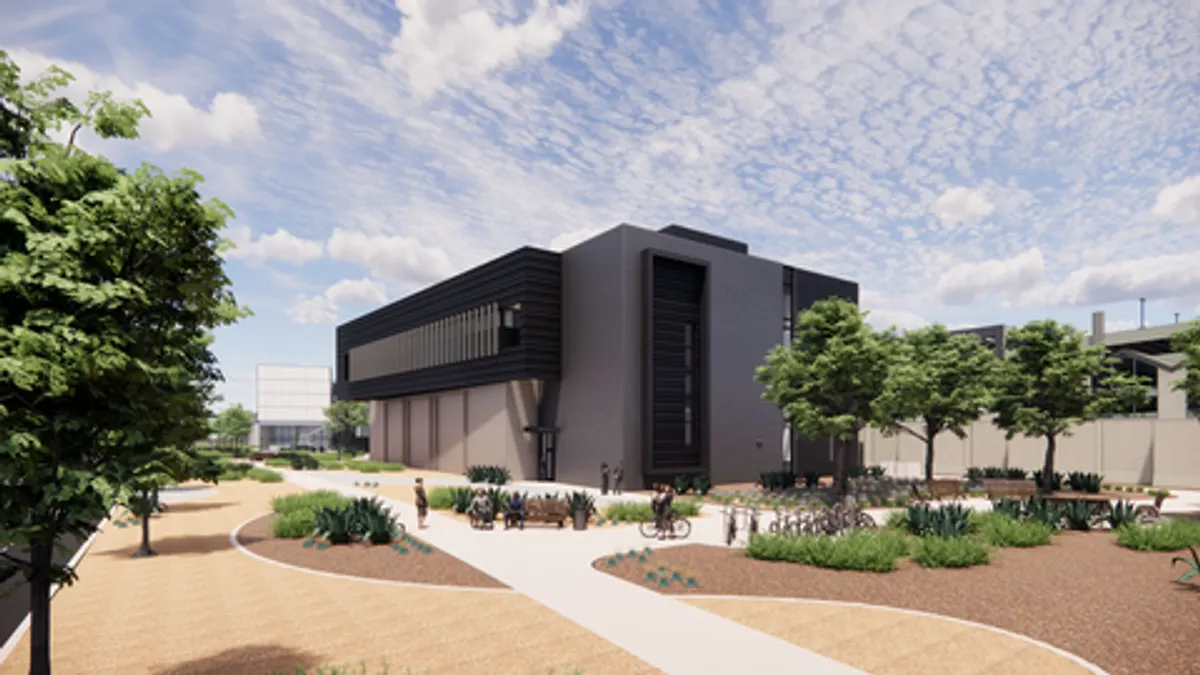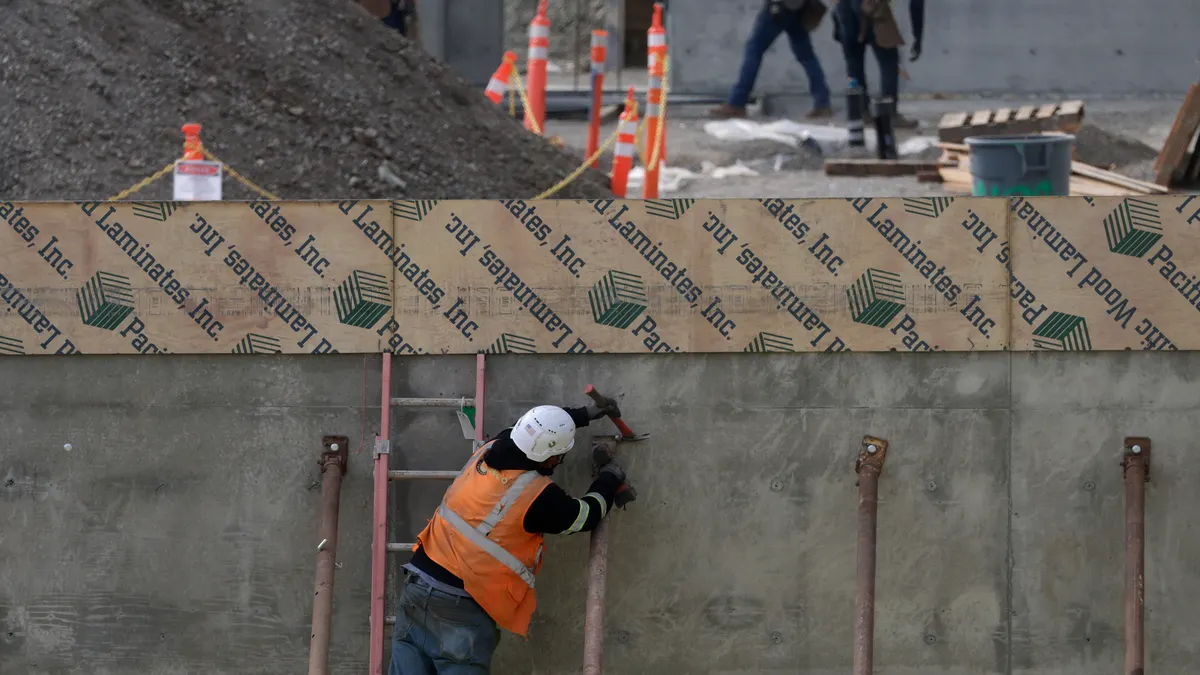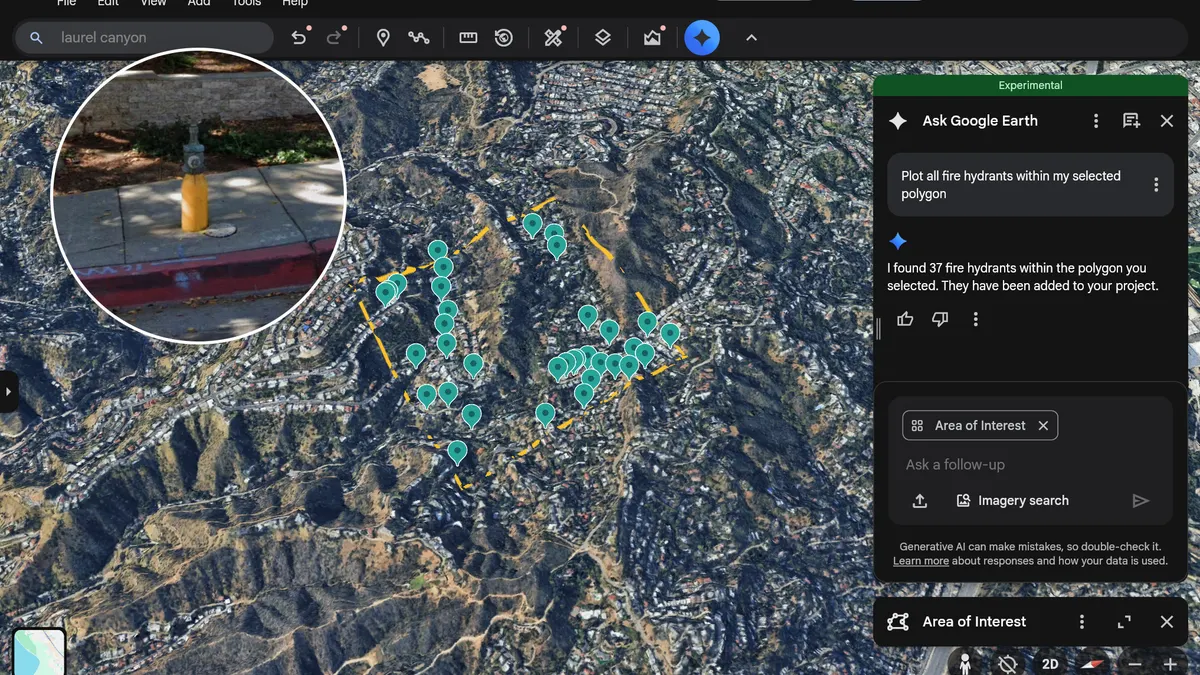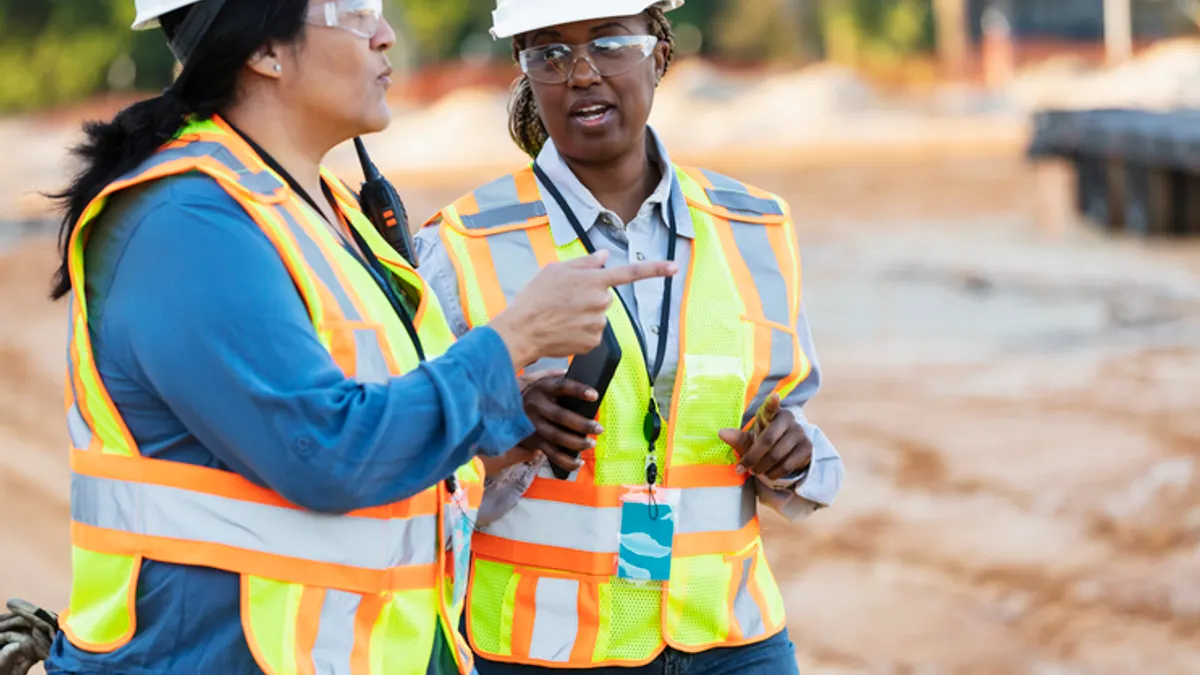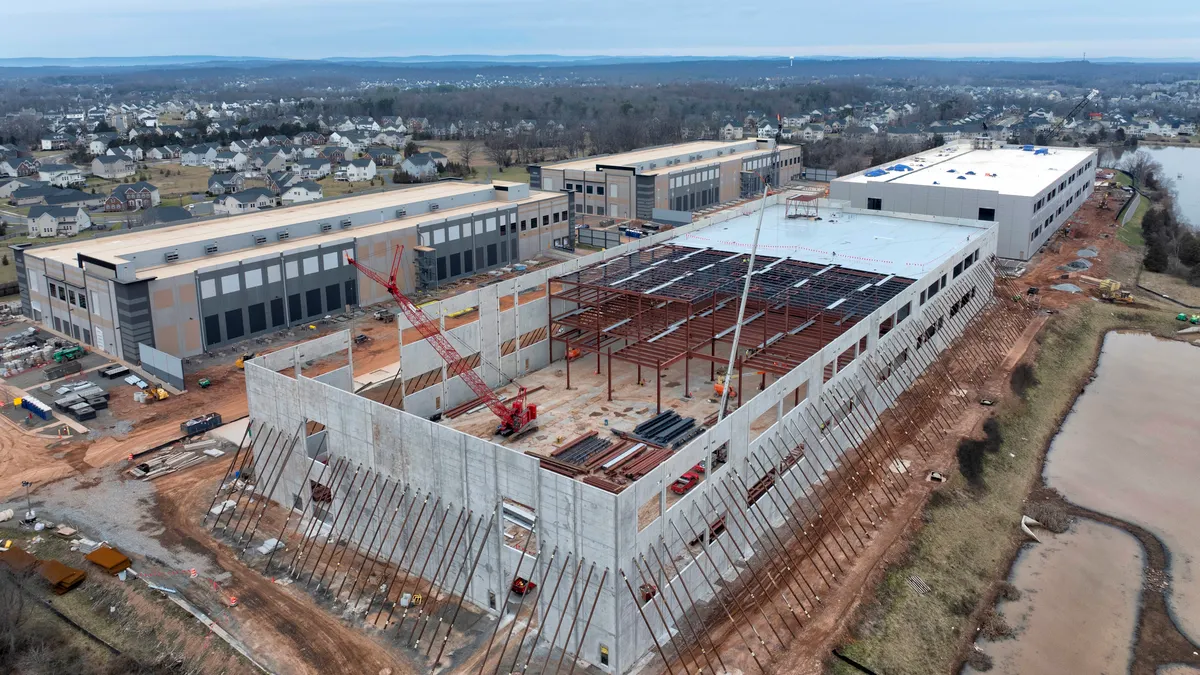It's every employer's dream — a group of employees who are not only happy in their jobs, but productive as well. For many companies, it's a dice game, where a winning throw means they're going to attract quality workers who will engage in meaningful collaboration.
More firms are realizing, however, that this is something that doesn't need to be left to chance. Productivity can be achieved with a little design magic — from layout to lighting — that makes the office a more enticing alternative to telecommuting from home or choosing another employer.
How office design can attract and retain employees
Ashley Servis, senior designer at Joshua Zinder Architecture + Design, said that one of the firm's clients is dealing with the fact that its large office space, which is poorly lit and has no flexible working spaces, has become "a ghost town" because employees would rather work at home than in such an unpleasant environment.
The employers that are successful in attracting the best recruits, she said, have accepted that not everyone has the same working style and that they need to invest in different spaces that reflect that.
"It's allowing people to work the best way that they are comfortable," Servis said. And those satisfied employees are the ones who are going to stick around.
Layout and overall design, therefore, are big factors in productivity and satisfaction. So, behind the curtain, designers are working with employers to provide the flexibility that the best workers demand.
"[We are] seeing a lot more companies that are stressed about keeping their talent and recruiting talent," said Gardner Vass, senior project interior designer at Perkins+Will. "They want to feel unique and have ownership and allow for that generation to feel part of a bigger culture." Design that reflects living room experiences, he said, and other such comfortable, casual environments are gaining traction.
The power of effective lighting design
One of the stars of design for employee productivity is lighting.
Allowing more natural light into the workspace has been one of the biggest office design shifts, according to Servis. Lower-level staff now often take up positions along the former prime real estate of window lines, while managers and executives occupy offices at the interior of the floor plan, albeit in glass-walled spaces that can also utilize the daylight.
"It seems like common sense that we work better when we have access to natural light," she said. "We're not as tired during the day. [Workers] can see better. They are healthier and happier, and we're finding that it flows over to when people are going home at the end of the day."
"When you are feeling good and your morale is higher and you're more engaged and empowered, that can make you more excited about coming to work every day."
Mallory Taub
Sustainability consultant at Arup
Lighting, Vass said, is a major recruitment tool because it sets the mood for the entire space, which has a significant impact on prospective and current employees. Task lighting for focused work and appropriate illumination for intimate work spaces, as well as brighter lights for general work spaces, all have a role to play.
The relationship between lighting and productivity is largely a matter of temperature, according to Andrew Gross, national design manager at Crestron Electronics. The natural cycle of sunlight exposes humans to warm light temperatures when it's time to wake up in the morning, as well as when it's time to wind down in the evening. In the middle, there's a gradual increase and then decrease of the blue, cool lighting that tells people that it's time to work and be productive.
The problem with much of the office lighting currently in use, Gross said, is that it doesn't allow for that natural circadian rhythm that human bodies crave and that keeps them balanced.
The big shift toward acknowledgement of this need, he said, happened a few years ago, around the same time that Apple introduced its Night Shift feature across its devices. Night Shift adjusts the color temperature emitted from Apple devices according to the time of day, exposing users to the same changes that occur in nature, preparing their bodies for sleep.
Crestron duplicates that effect with its line of interior, automated lighting systems, which can be controlled by a standard keypad or by device like a smartphone or tablet. The changes in color temperature aren't dramatic, Gross said, and ease those in the space into a temperature and brightness as part of a dynamic, automated system or manual override.
"We can offer these graphic interfaces with a color temperature slider and watch the lights dynamically respond," Gross said. "When the sun is doing it, we don't notice."
Where collaboration and paperless environments come into play
Features like huddle spaces and banquette seating are typical, collaborative choices in employers' quests to create unique work zones that promote productivity.
"How are [employees] moving around, and what are they doing when they get there?" Vass said. "How do we keep people in these areas long enough to be productive and not just pass through?"
To that end, Jeff Avallon, vice president of business development at IdeaPaint, said the company offers an option that has companies turning any paintable space into a collaborative tool. IdeaPaint can be applied to any non-porous surface, and in four days, creates a de facto dry erase board. Customers, he said, use the product on walls, columns, hallways, private offices — anywhere collaboration can take place.
This, Avallon said, takes pressure off overbooked conference rooms and also "democratizes collaboration." Rather than one presenter monopolizing a standard dry erase board during a presentation, he said, having board space close to every meeting participant encourages them to participate.
Servis said the paperless revolution has played a major role in creating these new work environments, resulting in smaller offices and allowing space that used to be tied up with filing cabinets and other hard-copy storage to be used for more collaborative or fun spaces.
"[The move toward] paperless," she said, "is changing the way we work and allowing us to be more creative."
For example, she said, with the extra space, companies are opting to put in larger kitchens with their own work areas or purely social spaces like game rooms, with a pool table, ping pong, foosball or a Wii.
"It allows people to get away from their desks, and it's a good way for employees to mingle over something else besides deadlines," Servis said. "They end up working better together."
The same goes for outdoor gathering spots, according to Vass, which are places to recharge but might not be a workable space for many people.
The mix of casual and corporate
That's not to say that workers don't need their own space where they can focus.
"If someone needs quiet time, they move to a breakout space with reading chairs," said Mark Walsh-Cooke, a principal at Arup. "You can get that report done quicker and more effectively because you can get into a different environment … away from someone that was distracting you."
Those spaces, according to Mallory Taub, sustainability consultant at Arup, can also go in an even more private direction toward wellness rooms with space for a quick nap, nursing or just a place to score some quiet time during the day. "You're more productive when you feel rested," she said. "It isn’t just about pushing people to maximum productivity all the time."
All of this variation in workspaces, Vass said, has resulted in somewhat of a hybrid approach to office design "packaged into a result" of a casual and corporate mix.
"There's a nuance in design." he said. "The style of today isn’t quite Ikea but not quite Bohemian and not really full-on white box. It's all these mixed together, and successful designers are about balancing that and making spaces that work together."
Arup's Boston office is pursuing WELL certification, so the company is also approaching increased productivity from a wellness perspective with attention to air quality, water quality, healthy food choices and overall comfort, according to Walsh-Cook and Taub.
"When you are feeling good and your morale is higher and you're more engaged and empowered, that can make you more excited about coming to work every day," Taub said.






